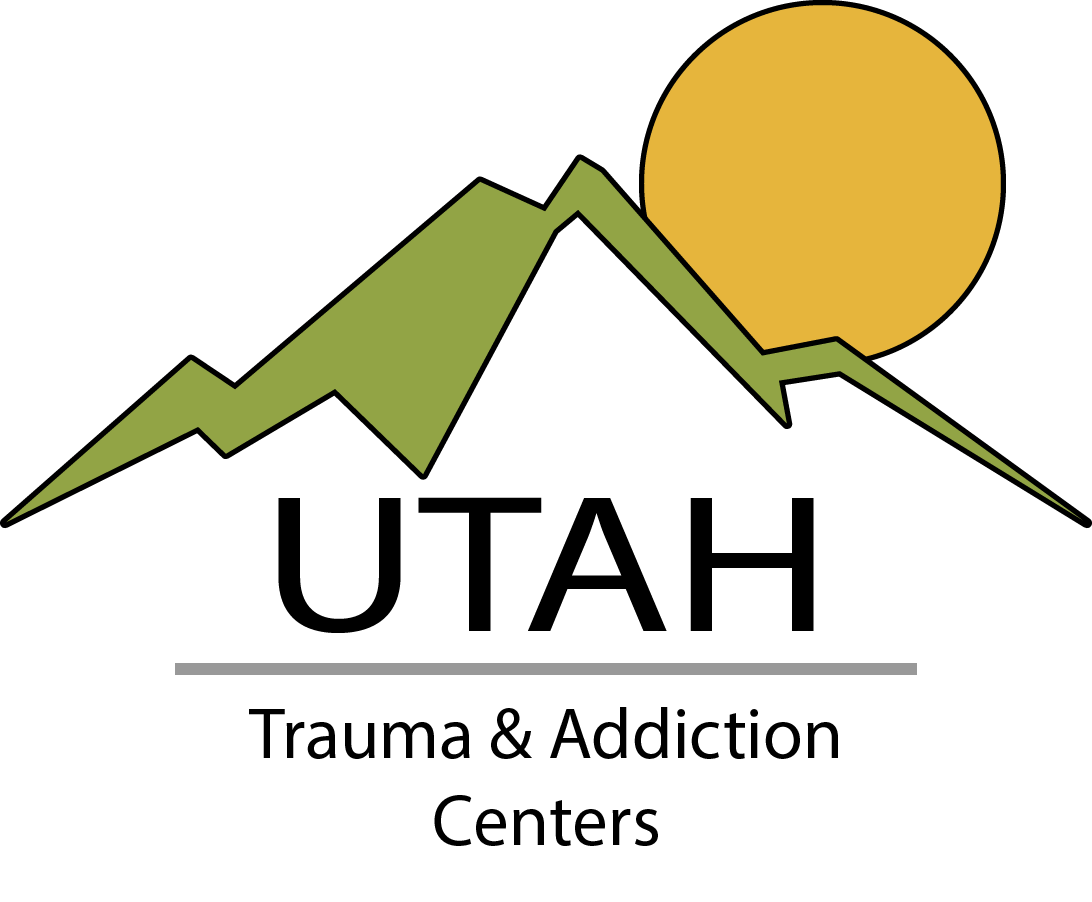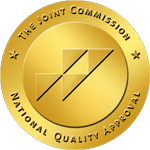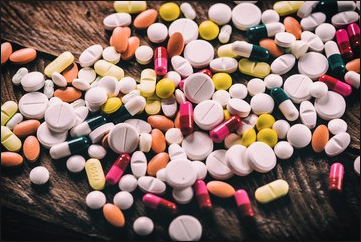Hallucinogen addiction substances are most known to affect the user physically, mentally as well as emotionally. They can be found around the world and survive in many different climates and environments. Some hallucinogenic drugs come naturally straight from the earth and many are produced synthetically and manufactured in a laboratory like setting. There are three (3) different classifications of hallucinogenic drugs. One, psychedelics, two, dissociatives, and lastly, deliriants. A psychedelic substance primarily affects the user by expanding their perceptions and cognitions. A dissociative substance alters the user’s perceptions of sound and sight as well as strong feelings of detachment (dissociation) from both themselves and/or their immediate environment. Deliriants affect the user by creating instances of delirium such as: confusion, stupor, memory disturbance with reality where the user believes the lies they are telling about themselves or the world as they see it. This is called “confabulation” and those that do it have no idea the information they share is false.
Generally speaking, hallucinogen addiction substances rarely cause toxicity or death from ingesting a large amount, however there are some that are quite deadly and have been known to cause an overdose and/or death such as; deliriants, certain mushrooms, PCP and other types of dissociatives. Hallucinogen addiction substances affect the neurotransmitters of the brain as well as the central nervous system. They effect the user singularly or all five of the different senses (taste, smell, touch, vision and sound) simultaneously. Although the addictive properties of hallucinogens seem to be more emotional and psychological instead of physical, many short-term dangers (date rape, falling from a window or roof, car accident or DUI, walking into oncoming traffic, etc.) as well as long-term health side effects are prevalent (neurotransmitters in the brain become depleted of natural chemicals, flashbacks, etc.). These dangers are exacerbated when mixed with other harmful substances; especially alcohol, heroin or other drugs the body can overdose on. Depending on the type of hallucinogen addiction substance, they vary in shape, size and even form. They can be found as a mushroom, liquid, powder or pill, as well as on small perforated paper squares or sugar cubes, etc. Hallucinogen addiction substances are usually laced or cut with other harmful substances (meth, strychnine, etc.) and unless you pre-test them with a kit, you really have no idea what you are putting into your body. Hallucinogens are primarily taken orally, but can be snorted, smoked or even injected. Some of the more commonly known hallucinogens are as follows (in no particular order or classification):
PCP (Angel Dust), Jimson Weed, Ecstasy (MDMA), Ketamine (Special K), Salvia, GHB, Atropa Belladonna (Deadly Nightshade), DXM (Dextromethorphan), Mandrake, DMT (Ayahuasca), Nutmeg, 2C-E (2C-B, 2C-P), LSD, Dramamine, DiPT, Magic Mushrooms (Psilocybin, etc.), Peyote (Mescaline), Nitrous Oxide (Laughing Gas), PMA, Ibogaine, Datura.



